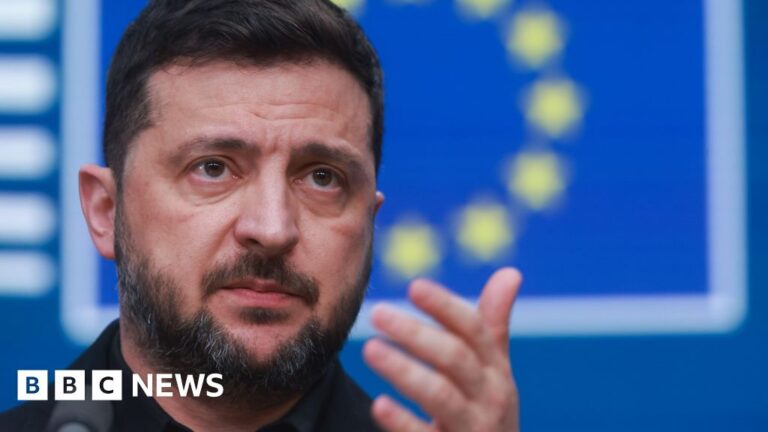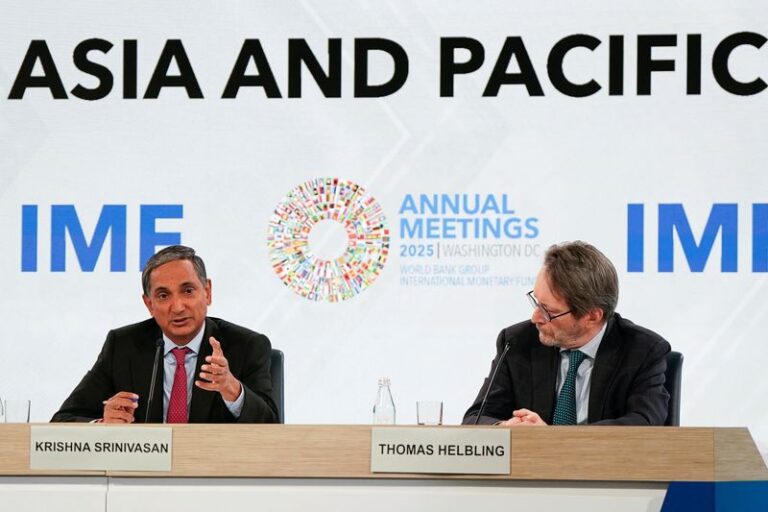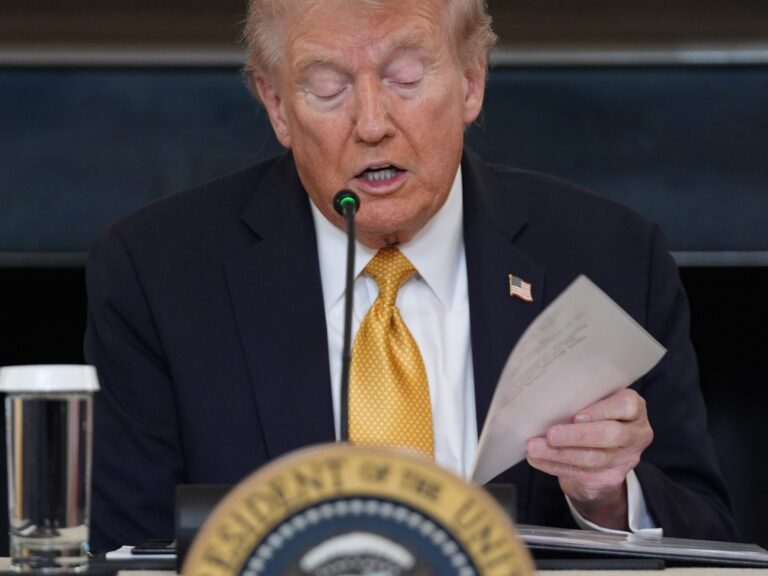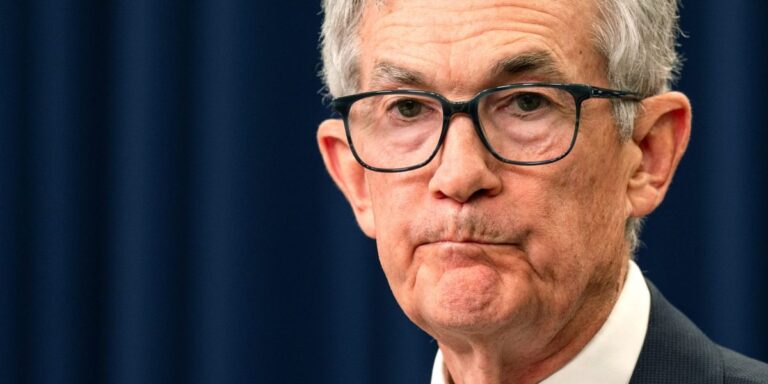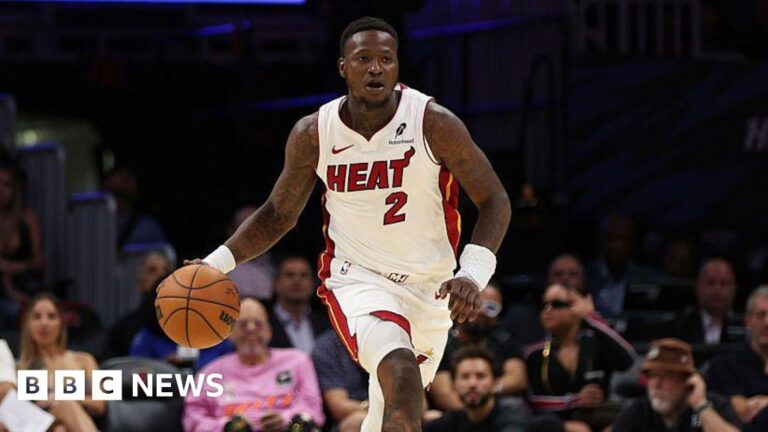Getting a COVID shot might do more than protect against the virus – it could also help cancer patients live longer. A new study found that mRNA vaccines were linked to a doubling in three-year survival for those on immunotherapy.
Cancer immunotherapy helps the body’s own immune system recognize and attack cancer cells. Normally, cancer can hide in the body using “checkpoint” proteins that tell the immune system not to attack. Immune checkpoint inhibitors (ICIs) block these proteins, removing the invisibility cloak from cancer cells and helping the immune system fight them more effectively.
Now, a new study led by the University of Texas MD Anderson Cancer Center and the McKnight Brain Institute at the University of Florida has found that an unlikely source provides a significant boost to the effectiveness of cancer immunotherapy: mRNA-based COVID vaccines.
“This study demonstrates that commercially available mRNA COVID vaccines can train patients’ immune systems to eliminate cancer,” said co-lead author Adam Grippin, MD, PhD, a radiation oncology resident at the MD Anderson Cancer Center. “When combined with immune checkpoint inhibitors, these vaccines produce powerful antitumor immune responses that are associated with massive improvements in survival for patients with cancer.”
Wikimedia Commons/National Institutes of Health
mRNA vaccines like those developed by Pfizer and Moderna for SARS-CoV-2 work by giving your body a tiny genetic instruction – messenger RNA – that tells cells to make a harmless piece of the coronavirus spike protein. The immune system sees this protein as foreign and builds antibodies and memory cells to fight it. Later, if you’re exposed to the real virus, your body recognizes the spike protein quickly and mounts a fast, strong defense to prevent infection or severe illness.
In the present study, the researchers examined how mRNA COVID-19 vaccines affect cancer patients who are receiving ICIs. They wanted to know if vaccination might trigger immune-related side effects, worsen cancer outcomes, or interfere with the safety and effectiveness of the ongoing immunotherapy.
The researchers collected data from a large, multicenter cohort of patients actively receiving ICIs for solid tumors. They compared vaccinated and unvaccinated patients, looking particularly at adverse events after vaccination (especially immune-related ones such as myocarditis, colitis, or pneumonitis), cancer progression or recurrence rates, and overall survival and hospitalization rates.
The study used both retrospective data analysis and prospective monitoring of patients for several weeks after each vaccine dose. Some lab-based immune profiling was also done to measure antibody and T-cell responses. T-cells are crucial for immune protection because they eliminate infected or cancerous cells and coordinate the overall immune response.
mRNA vaccines were found to be generally safe in patients receiving immunotherapy. The rate of immune-related adverse events did not increase after vaccination compared to baseline ICI rates. Common short-term vaccine side effects like fever, fatigue, or arm pain were mild and temporary, similar to those seen in the general population.
Most patients developed strong antibody responses after two vaccine doses. Those with blood (hematologic) cancers or undergoing intense chemotherapy alongside ICI had slightly weaker responses, but still meaningful immune system protection. Booster doses further improved antibody and T-cell levels. Importantly, there was no evidence that vaccination accelerated disease progression or worsened cancer control. Vaccinated patients tended to have lower rates of severe COVID-19 infection, hospitalization, and death.
One of the most striking results from the study was the link between COVID-19 vaccination and long-term survival among cancer patients receiving immunotherapy. According to the study data, patients who received at least one dose of an mRNA COVID vaccine within 100 days of starting ICI were about twice as likely to be alive three years later compared to those who remained unvaccinated.
The researchers suggested several possible reasons for this survival benefit. Vaccinated patients were much less likely to develop severe COVID-19, which can be especially dangerous for people with weakened immune systems. Avoiding infection also meant fewer interruptions to cancer treatment, allowing patients to continue their immunotherapy as planned. There’s also speculation that the immune stimulation caused by the vaccine might enhance the body’s antitumor immune response, though that hypothesis needs further study.

Importantly, the researchers’ analysis took into account age, cancer type, disease stage, and treatment duration, suggesting that the survival advantage was not simply due to healthier patients being more likely to get vaccinated. However, because the study was observational, the authors caution that they can’t prove causation – only that vaccination was strongly associated with improved outcomes.
“The really exciting part of our work is that it points to the possibility that widely available, low-cost vaccines have the potential to dramatically improve the effectiveness of certain immune therapies,” Grippin said. “We are hopeful that mRNA vaccines could not only improve outcomes for patients being treated with immunotherapies but also bring the benefits of these therapies to patients with treatment-resistant disease.”
A multicenter, randomized Phase 3 trial is currently being designed to validate these findings and investigate whether mRNA COVID vaccines should become part of the standard care for patients receiving ICIs.
The study was supported by the National Cancer Institute, the National Institutes of Health, the Food and Drug Administration, the American Brain Tumor Association, the Radiological Society of North America, Conquer Cancer Foundation of ASCO, CureSearch for Children’s Cancer, Stop Children’s Cancer/Bonnie R Freeman Professorship for Pediatric Oncology Research, Danny’s Dream, Ian’s Friends Foundation Inc., Alex’s Lemonade Stand Foundation, The Medulloblastoma Initiative and Cure Group 4 Consortium, and the National Pediatric Cancer Foundation.
For a full list of the authors’ conflict-of-interest disclosures, including funding sources, please refer to the study, which was published in the journal Nature.


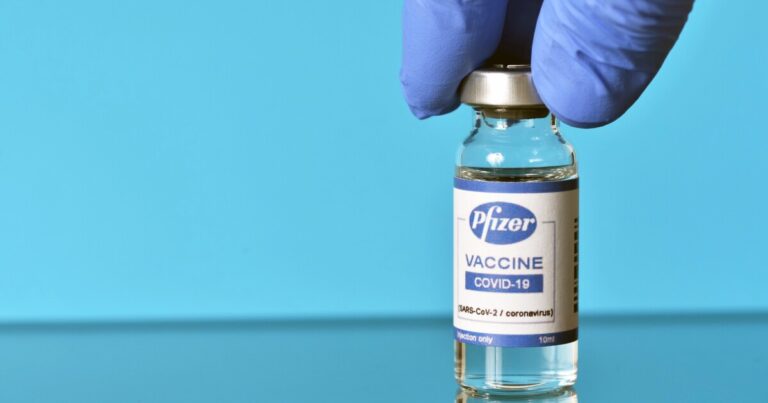


![Lawyer Ahsan Jehangir Khan, the co-petitioner with Mahnoor Omer, in the case demanding an end to the 'period tax'. [Photo courtesy Ahsan Jehangir Khan]](https://www.aljazeera.com/wp-content/uploads/2025/10/ahsan-and-mahnoor-2-1761274814.jpg?w=770&resize=770%2C562&quality=80)
